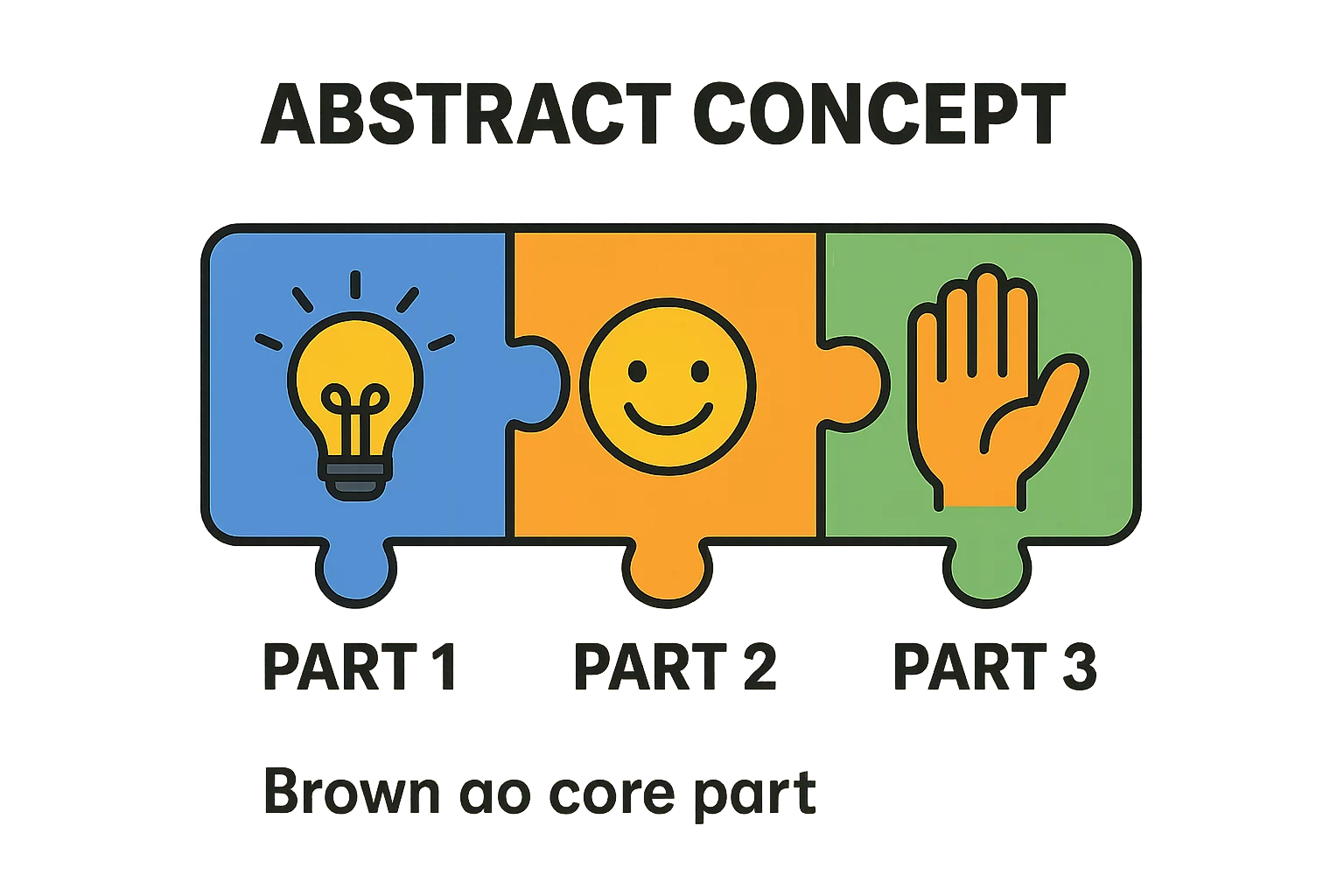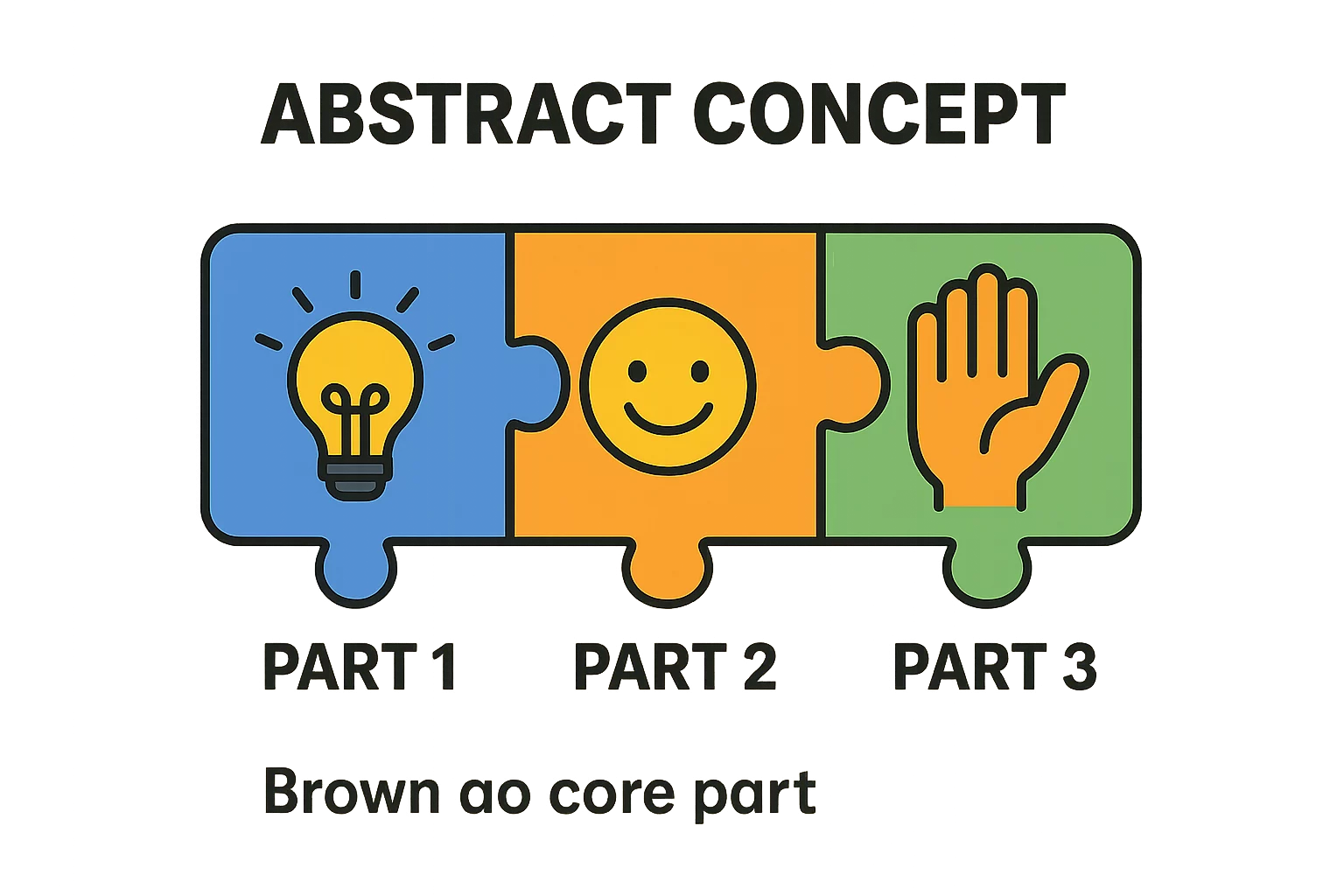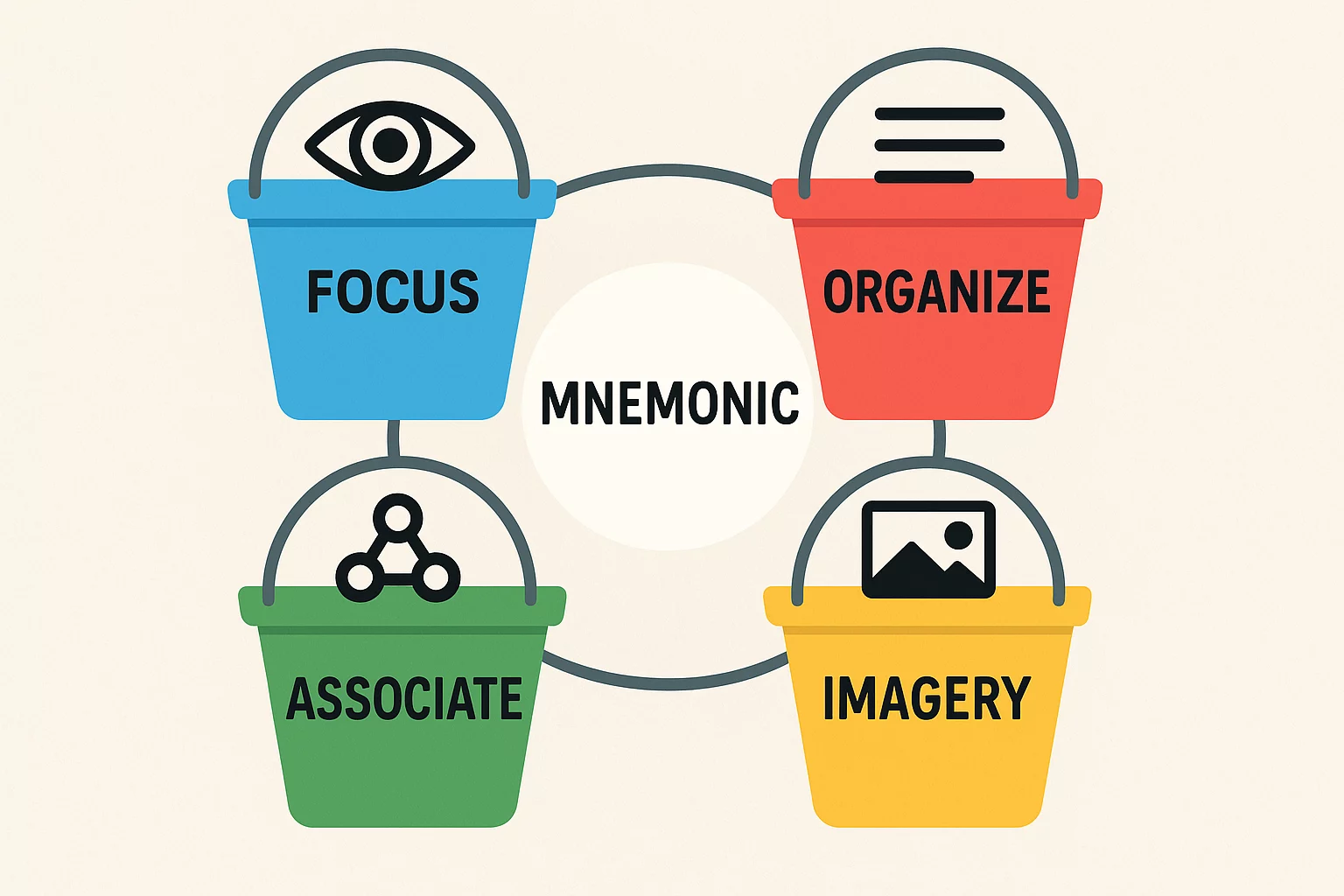When planning a new solar module factory, one of the first and most critical decisions centers on technology: should you invest in a fully-automated or a semi-automated production line?
Many assume that the most advanced, fully-automated solution is always the superior choice. The most profitable and sustainable factory, however, is not necessarily the one with the most robots.
The optimal choice depends on a careful balance between your initial investment (Capital Expenditure, or CapEx) and your long-term running costs (Operational Expenditure, or OpEx). This decision hinges on your region’s economic realities, particularly labor costs and availability. This guide unpacks the financial trade-offs to help you align your factory model with your strategic goals.
Understanding the Core Financial Concepts: CapEx and OpEx
Before comparing production lines, let’s clarify the two main types of costs involved.
Capital Expenditure (CapEx):
This is the upfront, one-time investment you make in major physical assets. For a solar factory, this primarily includes the machinery and equipment for your turnkey production lines, the cost of building the facility, and installation. A fully-automated line has a significantly higher CapEx.
Operational Expenditure (OpEx):
These are the ongoing, day-to-day costs required to run your factory. This includes employee salaries, raw material procurement, energy consumption, maintenance, and other recurring expenses. A semi-automated line, which relies more on human labor, will have a higher OpEx.
The central challenge is not simply to minimize one cost, but to find the optimal balance between the two for the highest long-term return on investment.
The Financial Model: Two Paths to Profitability
To illustrate the trade-offs, let’s examine the financial profile of each approach.
The Case for Full Automation: Higher CapEx, Lower OpEx
A fully-automated production line uses advanced robotics and integrated systems to handle nearly every step of the module assembly process, from cell stringing to final framing and testing.

Key Financial Characteristics:
-
High Initial Investment (CapEx): The most significant characteristic of a fully-automated line is its substantial upfront cost. Industry analysis shows it can increase initial CapEx by 25-40% compared to a semi-automated setup of similar capacity.
-
Reduced Labor Costs (OpEx): The primary long-term financial advantage is a drastic reduction in payroll expenses, as fewer operators are needed on the factory floor. Research from BloombergNEF indicates that labor can account for 10-15% of a module’s cost in high-wage regions like Europe or North America. Full automation directly targets this cost center.
-
Consistent Quality and Yield: Automation minimizes human error. A study by Fraunhofer ISE highlights that full automation can reduce operational defects by up to 70%, leading to higher product consistency, better yield, and fewer warranty claims over the factory’s lifespan.
-
Predictable Output: Machines operate 24/7 with predictable speed and precision, making production forecasting more reliable.
Best Suited For:
Regions with high labor costs, a shortage of skilled industrial technicians, and where the primary goal is maximizing output consistency while minimizing long-term operational variables.
The Case for Semi-Automation: Lower CapEx, Higher OpEx
A semi-automated line strikes a balance between machinery and manual labor. Critical, high-precision tasks like cell stringing and lamination are automated, while processes like bussing, framing, and junction box application involve skilled human operators.

Key Financial Characteristics:
-
Lower Initial Investment (CapEx): The most compelling advantage is the smaller upfront capital outlay, which lowers the barrier to entry and reduces initial financial risk. This often leads to a faster break-even point, sometimes by one to two years, in markets with competitive labor wages.
-
Higher Labor Costs (OpEx): Relying on a larger workforce means that salaries and benefits become a significant part of the ongoing operational budget. In emerging markets where skilled labor is available and affordable, this is a manageable and strategic expense.
-
Greater Flexibility: Semi-automated lines are often more adaptable to custom module specifications or smaller production runs, as human operators can switch tasks more easily than reprogrammed robotic systems.
-
Positive Local Impact: Creating local jobs by building such a factory offers a major strategic advantage. A report by the International Renewable Energy Agency (IRENA) emphasizes the job-creation potential of renewable energy manufacturing. This can foster positive community relations and may be a prerequisite for securing government support or incentives.
Best Suited For:
Regions with a readily available and cost-effective workforce, investors seeking a lower initial risk profile, and projects where local job creation is a strategic priority.
Making the Right Choice: A Strategic Framework
Your decision should not be based on technology alone but on a clear assessment of your specific market conditions and business objectives.
-
Analyze Your Local Labor Market: This is arguably the most critical factor. What is the average wage for a skilled factory operator in your region? Is there a stable pool of trainable workers? If labor is affordable and available, the financial case for semi-automation becomes much stronger.
-
Model Your Total Cost of Ownership (TCO): Don’t focus solely on the initial price tag; project your total costs over a 5- to 10-year period. Factor in CapEx, projected labor costs, energy, maintenance, and potential yield differences. The line with the lower TCO is your most financially sound option.
-
Consider Your Production Goals: Are you aiming for massive, standardized output, or do you need the flexibility to produce specialized modules for niche markets? Your production strategy will help determine the right level of automation.
-
Evaluate Political and Social Factors: In many emerging markets, demonstrating a commitment to local employment can unlock significant support from governments and local communities. A semi-automated factory is a powerful tool for economic development.
Ultimately, this is a complex decision with long-term consequences. The right partner doesn’t just sell you machines; they help you build the right factory for your specific circumstances. With over 25 years of experience setting up successful production lines across the globe, our support team is ready to help you analyze these factors.

Frequently Asked Questions (FAQ)
Can a semi-automated line be upgraded to full automation later?
Yes, this is a common and intelligent strategy. A modular approach allows you to start with a lower-CapEx semi-automated line and introduce more automation in phases as your business grows, profits are realized, and labor costs potentially rise.
How does the required skill level of staff differ between the two models?
A fully-automated line requires fewer operators but a higher-skilled technical team for robotics maintenance, programming, and troubleshooting. A semi-automated line requires a larger team of well-trained operators for manual assembly tasks, supervised by experienced production managers.
Which model generally has a faster ROI?
In markets with competitive labor costs, a semi-automated line often has a faster Return on Investment (ROI) due to the significantly lower initial capital expenditure. The break-even point is reached sooner, even with higher ongoing labor costs.
Does automation level affect the quality of the final solar module?
Both models can produce high-quality, certified Tier-1 modules. Full automation offers higher consistency and reduces the potential for human error. However, a well-managed semi-automated line with rigorous quality control, proper training, and motivated staff can produce modules of equally high quality. The key is process control, not just the level of automation.
Your Vision, Our Expertise
Choosing between a fully-automated and semi-automated production line is a foundational decision that will shape your business’s financial performance for years to come. The right answer isn’t found in a catalog but in a careful analysis of your market, resources, and long-term vision.
We have guided entrepreneurs and investors across the globe through this exact process. You bring the vision; we provide the expertise to help you build a resilient and profitable enterprise.
Let’s talk about what’s possible in your region.
Contact us.
